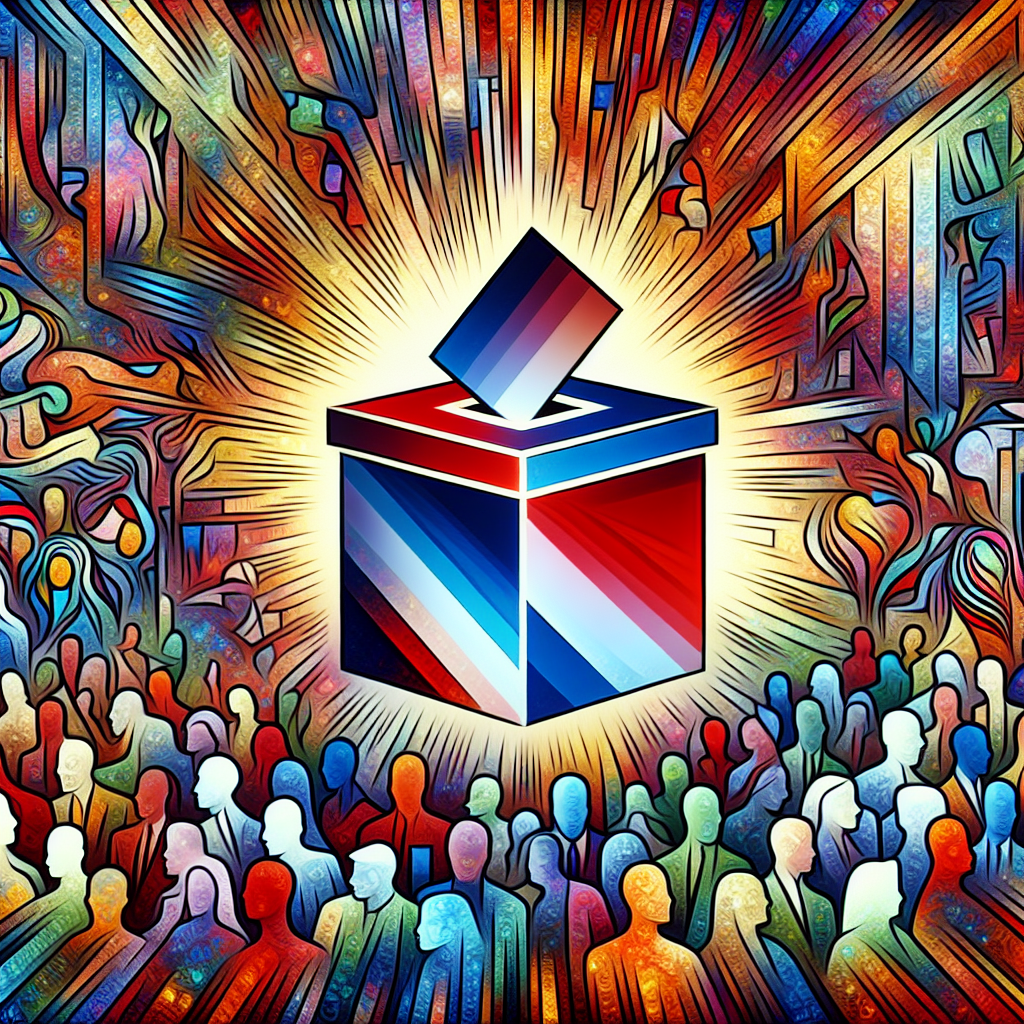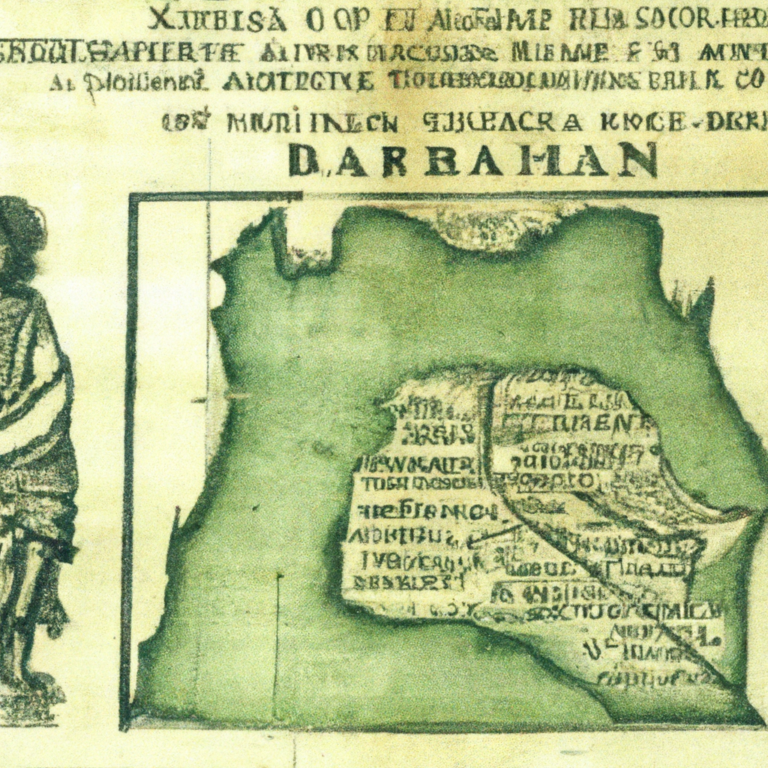When Did Multi-party Democracy Return To Kenya?
Did you know that Kenya, often referred to as the “cradle of humanity,” has a remarkable political history? After years under a one-party system, the nation underwent a significant transformation, introducing the concept of multi-party democracy. This shift not only shaped Kenya’s political landscape but also had a profound impact on its people. In this article, we’ll explore the pivotal moment when multi-party democracy returned to Kenya, and the subsequent events that unfolded to bring about a more inclusive and dynamic political system. Get ready to delve into the vibrant tapestry of Kenyan politics and discover the turning point that forever changed its trajectory.
Background of One-Party Rule in Kenya
Founding of KANU and Single-Party State
Kenya, a country located in East Africa, experienced a long period of one-party rule following its independence from British colonial rule in 1963. The Kenya African National Union (KANU), led by Jomo Kenyatta, played a pivotal role in the country’s political landscape during this era. Kenyatta, the first President of Kenya, helped establish the single-party system, consolidating power and suppressing opposition voices.
Under one-party rule, KANU tightly controlled all significant aspects of governance, including elections, media, and civil society organizations. This centralized control stifled political diversity and limited the participation of citizens who held differing views or desired political change. Kenya’s political environment became increasingly authoritarian, with dissenting voices either silenced or marginalized.
Emergence of Multi-Party Democracy Movement
Growing Dissent and Demands for Political Reform
Despite the restrictions imposed by one-party rule, dissent against KANU and the single-party system began to grow in the late 1980s. Many Kenyans, including civil society organizations, student groups, and opposition figures, voiced their grievances against the lack of political freedoms and demanded political reform.
Kenyan citizens yearned for a more democratic society, where multiple political parties could compete fairly in elections and provide a platform for diverse opinions and interests. The desire for change was fueled by frustrations over corruption, economic disparities, and a lack of accountability within the government.
Formation of Opposition Groups and Political Movements
As discontent with one-party rule intensified, opposition groups and political movements started to mobilize and challenge KANU’s dominance. Prominent figures such as Kenneth Matiba, Raila Odinga, and Charles Rubia emerged as leaders of this burgeoning multi-party democracy movement, advocating for the abolition of the single-party state.
These opposition groups worked tirelessly to raise awareness among Kenyans about the benefits of multi-party democracy and the need for political pluralism. They organized rallies, public protests, and engaged in grassroots mobilization to spread their message of change and garner support for their cause.
Call for Constitutional Reform
Amendments to the Constitution
The push for political reforms saw proponents of multi-party democracy calling for amendments to the Kenyan constitution. The existing constitution, which had been heavily influenced by one-party rule, needed to be revised to allow for the establishment of a multiparty system.
Kenya’s political leadership, under mounting pressure from both internal and external actors, recognized the need to address the demands for constitutional reform. This led to dialogue and negotiations between the government and opposition groups to create a more inclusive and democratic political framework.
Kenya’s Transition to a Multiparty State
In response to growing public pressure, the Kenyan government led by President Daniel arap Moi began taking steps toward transitioning the country to a multiparty state. The process involved extensive consultations and discussions with opposition leaders and stakeholders to shape the future direction of Kenya’s political system.
This transition involved significant constitutional amendments and the repeal of Section 2A of the constitution, which had previously declared Kenya a one-party state. The move opened up the political space, paving the way for the formation and legalization of opposition parties.
Legalization of Opposition Parties
Repeal of Section 2A and Opening of Political Space
The repeal of Section 2A of the Kenyan constitution in 1991 marked a significant turning point in the country’s political landscape. This amendment overturned the legal framework of one-party rule and allowed for the legalization of opposition parties, thereby opening up the political space for increased political participation and competition.
Political activists and opposition leaders celebrated this milestone, as it provided them with the opportunity to establish and register their political parties formally. Citizens, too, were eager to exercise their newfound democratic rights by joining or supporting these newly formed opposition parties.
First Multiparty Elections
Preparations for the 1992 General Elections
Following the legalization of opposition parties, preparations were made for Kenya’s first multiparty elections, which were held in 1992. These elections marked a historic event in the country’s history as citizens, for the first time in decades, were able to choose from a range of political parties and candidates.
Political parties, both new and established, embarked on vigorous campaigns to mobilize support and persuade voters to back their candidates. The media played a crucial role in providing platforms for parties to present their policies and engage with the electorate, fostering a vibrant and competitive political atmosphere.
Results and Challenges Faced
The 1992 general elections saw a diverse range of parties and candidates vying for political office. KANU, a long-standing party with a deeply entrenched support base, faced formidable opposition from newly formed parties and established parties that had previously operated underground.
Ultimately, KANU emerged as the winner of these elections, with President Moi securing another term in office. However, the very fact that opposition parties were able to compete and challenge KANU’s dominance showcased the progress made towards establishing a truly multi-party democracy in Kenya.
Despite this progress, the 1992 elections also revealed several challenges faced by the young multi-party democracy. Instances of violence and electoral fraud marred the electoral process, highlighting the need for further reforms to strengthen democratic institutions and ensure free and fair elections.
Challenges to Multi-Party Democracy
Ethnic Politics and Tribalism
One of the significant challenges faced by multi-party democracy in Kenya was the prevalence of ethnic politics and tribalism. While political pluralism provided a forum for diverse voices, it also risked exacerbating existing ethnic tensions and divisions within society.
Politicians often exploited tribal affiliations to rally support and consolidate their power, leading to the marginalization of minority groups and the perpetuation of a winner-takes-all mentality. Overcoming these challenges required concerted efforts to foster a sense of national unity and promote inclusive politics that transcended tribal lines.
Violence and Electoral Fraud
Another challenge that plagued multi-party democracy in Kenya was the prevalence of violence and electoral fraud during election periods. Political competition occasionally escalated into violent confrontations, leading to loss of lives and property. Additionally, electoral malpractices, including vote rigging and manipulation, undermined the credibility and integrity of the electoral process.
Efforts to address these challenges involved strengthening law enforcement, enhancing the independence of the electoral commission, and promoting civic education to educate citizens on their rights and responsibilities during elections.
Consolidation of Multi-Party Politics
Adaptation of Political Landscape
Despite the challenges faced, multi-party politics in Kenya continued to adapt and evolve. Political parties emerged as critical players in shaping the country’s political landscape, with each party seeking to establish its unique ideology and policies.
The existence of multiple parties fostered healthy competition, as parties aimed to differentiate themselves and appeal to various voter constituencies. This competition forced political leaders to engage with the electorate, address pressing issues, and propose viable solutions to problems facing the country.
Introduction of New Political Parties
The advent of multi-party democracy in Kenya also led to the introduction of new political parties over time. As citizens increasingly voiced diverse concerns and demands, new political movements sprouted, each with their unique visions and ideologies.
These new parties contributed to the vibrancy of the political landscape, offering voters further choices and alternatives. However, the proliferation of parties also presented challenges, such as fragmentation of the political landscape and difficulties in achieving widespread representation.
Evolution of Multi-Party Politics
Subsequent General Elections and Political Landscape
Kenya’s commitment to multi-party democracy has been reflected in subsequent general elections held in the country. Over the years, parties and candidates have continued to compete for political positions, offering citizens numerous options to exercise their democratic rights and shape the direction of the nation.
The political landscape in Kenya has witnessed shifts in power and the emergence of new political alliances and coalitions. Parties have come together to form alliances, combining resources and support bases to increase their electoral prospects or pursue common policy agendas.
Party Alliances and Coalitions
Political party alliances and coalitions have played a significant role in shaping Kenya’s multi-party democracy. These alliances have brought together diverse political forces, fostering a spirit of cooperation and unity among parties with shared goals and objectives.
Such coalitions have been instrumental in challenging dominant political parties and facilitating more competitive elections. By pooling their resources and support, smaller parties have been able to mount stronger challenges to the larger, well-established parties, promoting fairness and inclusivity in the political process.
Impact of Multi-Party Democracy on Kenya
Strengthening of Democratic Institutions
The introduction of multi-party democracy in Kenya has had a profound impact on the strengthening of democratic institutions in the country. The judiciary, electoral commission, and civil society have become more resilient and independent, playing crucial roles in upholding the principles of democracy and ensuring checks and balances.
The judiciary, in particular, has emerged as a critical arbiter in resolving electoral disputes and protecting the rule of law. This has instilled confidence in the electoral process and facilitated a more level playing field for political contenders.
Citizen Participation and Civil Liberties
Multi-party democracy has also empowered citizens by providing them with opportunities for active participation in the political process. Citizens are now able to join political parties, express their opinions, and exercise their right to vote freely.
The expansion of civil liberties, such as freedom of speech and assembly, has allowed individuals and groups to advocate for their rights and hold the government accountable. This newfound freedom has spurred civic engagement and led to the emergence of vibrant civil society organizations that act as watchdogs, raising awareness on various social and political issues.
Conclusion
The introduction of multi-party democracy in Kenya marked a significant milestone in the country’s political history. From a period of one-party rule, Kenya transitioned to a system that allowed for political pluralism, citizen participation, and the competition of ideas.
While multi-party democracy has faced its fair share of challenges, such as ethnic politics and electoral malpractices, it has also brought about positive changes. Democratic institutions have gained strength, citizen participation has increased, and civil liberties have expanded.
As Kenya moves forward, it must continue to address the challenges posed by multi-party democracy, working towards a more inclusive and united society. By learning from past experiences and building upon the progress made, Kenya can aspire to become a model for democracy in Africa and beyond.







